
The word itself volcano, comes from the Roman Vulcano, then said Vulcanus. He was actually a character from Hellenic mythology that the Romans adopted. Lava was then related to the red hot iron that leaped out of the works carried out by Hephaestus, the God of fire and metals in Greek mythology. What the ancients could never understand was why they exist, where the lava comes from, and what would have left them most restless, that it does not only exist on our planet.
Why do volcanoes exist?

Different layers of planet Earth
Volcanoes (same as earthquakes) are closely related to the internal structure of our planet. The Earth has a central core that is in a solid state according to seismic measurements of 1220 km in radius. The outer layer of the nucleus is a semi-solid part that reaches up to 3400 km in radius. From there comes the mantle, where the lava is found. Two parts can be differentiated, the lower mantle, which ranges from 700km deep to 2885km, and the upper one, which extends from 700km to the crust, with an average thickness of 50km.
Although it may not seem so in appearance, the bark of our planet is made up of large plates tectonic or lithospheric calls. This means that the crust is not completely uniform. The plates float on the basalt mantle, where the lava comes from, and this phenomenon is called, continental drift.

The different plates that exist, as well as the direction of the pressure they receive (Source: Wikipedia)
This kind of drift, contains fissures, and are most noticeable at sea level. Huge ranges of volcanoes cross the bottom of the oceans, they are the mid-ocean ridges. These huge mountain ranges are in turn formed by huge fissure-shaped volcanoes. Along these fissures, many thousands of kilometers long, material is continuously emerging from the mantle. This material, is sliding in two longitudinal bands, and continuously generating new earth's crust. There are places where the gaps between tectonic plates are in areas of the mainland, not in the oceans, and that is where we have the origin of volcanoes. In the narrowest areas of the earth's crust, where tectonic plates meet.
How do volcanoes originate?
The crust, in turn, is regularly destroyed in the so-called subduction zones. As we have commented, the tectonic plates are not "glued" literally. This means that there are areas in which some plates sink below others and merge with the mantle. These union areas of the plates have enormous pressures, that makes them have a great seismic instability, resulting in earthquakes and volcanoes.

San Andreas Fault, California, United States
The submarine ridges are the most unstable areas. Exceptionally, some of these violent volcanoes that are found at the bottom of the oceans, can rise above sea level. They form islands of great volcanic activity, as for example is the case of Iceland. The most unstable areas are the areas where one plate rides on another, or even when they rub sideways between them, such as the famous San Andrés fault in the United States. This is very recognizable at first glance, due to the deep discontinuities that it presents in the ground. Due to the great seismic activity, scientists predict a large earthquake in that area, nicknamed Big One.
Parts of a volcano
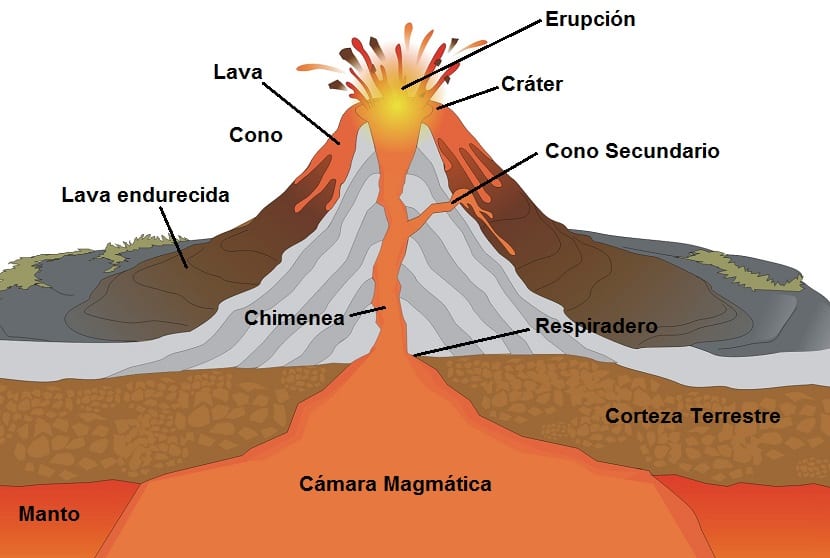
Differentiation of the parts of a volcano
- Magmatic chamber: It corresponds to the inner zone of the earth's crust, where the magma is found. This is where magma builds up under pressure before rising to the surface. It is usually between 1 and 10 kilometers deep.
- Chimney: The conduit through which the magma that rises in the eruptions, the lava, comes out. After the eruption, it is plugged with cold rocks, that is, with the solidification of the magma that has been there.
- Volcanic cone: It is the truncated cone formation that arises around the crater. It is formed by the accumulation of materials produced and emitted by the eruptions.
- Secondary volcanic cone: Formation of a small auxiliary chimney through which the magma comes out.
- Crater: It is the hole through which the magma comes out towards the earth's surface. Depending on the volcano, its dimensions and shapes will be very different. It can be shaped like an inverted funnel or cone, and measure from a few meters to kilometers.
- Domes: It is the accumulation of very viscous lava derived from magma that, when cooled over the eruptive mouth itself, can plug it.
- Geyser: They are like small volcanoes, but made of boiling water vapor. Very typical in areas like Iceland.
- Skunks: Cold fumaroles that give off carbon dioxide.
- Fumaroles: Emission of gases from lava in craters.
- Vent: It corresponds to the weak point of the earth's crust where the magma has been able to rise from the chamber to reach the surface.
- Solfataras: Emissions of water vapor together with hydrogen sulfide.
- Volcano Types
The temperature, the type of material, the viscosity and the elements dissolved in the magma all together create the type of eruption, the volcano. Together with the amount of volatile products that accompany it, we can differentiate the following types:
Strombolian Volcano
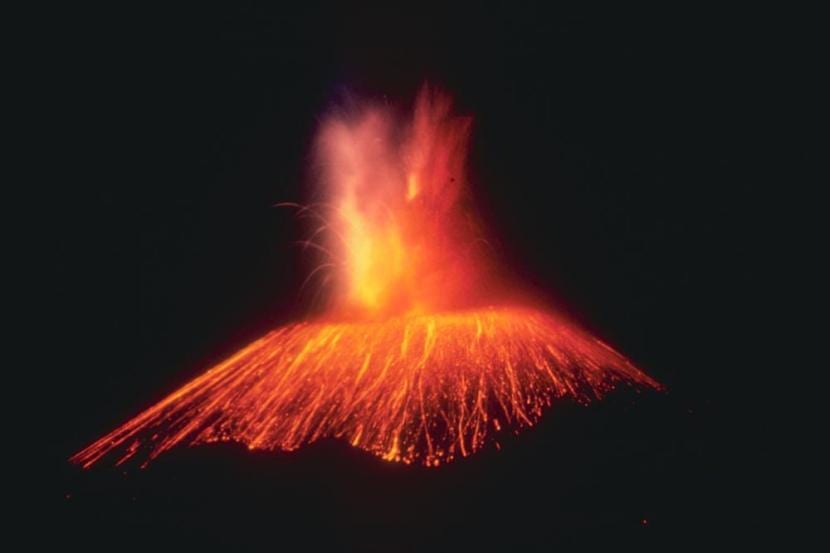
Paricutín volcano, Mexico
It originates when there is an alternation of erupting materials. They form a layered stratified cone of fluid lava and solid materials. Lava is fluid, it emits abundant and violent gases, with projections of bombs, lapilli and slag. Because gases are released easily, it does not produce ash or spray. When lava overflows around the edges of the crater, descends the slopes and ravines, without occupying much extension, which happens in Hawaiian-type volcanoes.
Hawaiian Volcano
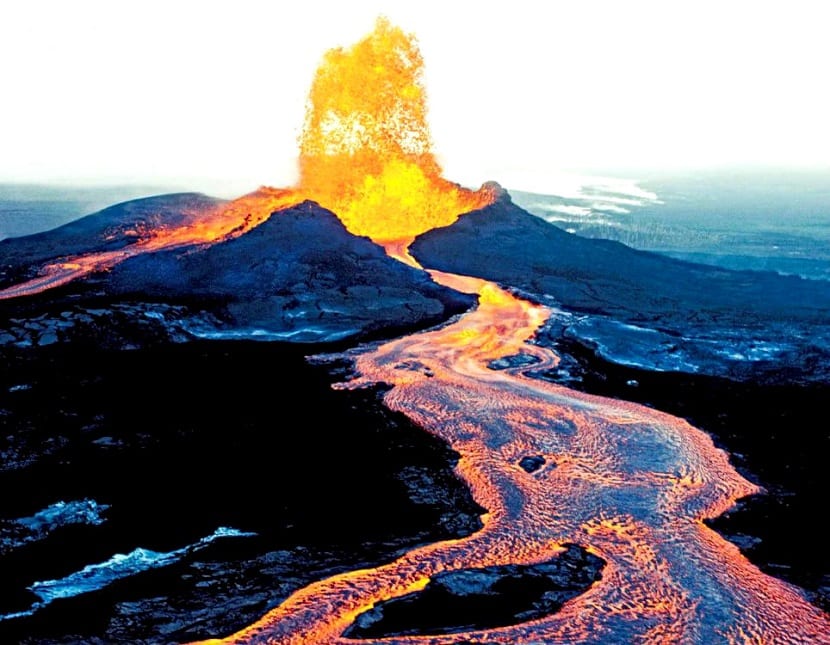
Kilauea, the most famous Hawaiian-type volcano
Like the Strombolian, lava is quite fluid. It does not have explosive gaseous releases. In this case, when the lava overflows the edges of the crater, they easily descend the slopes of the volcano occupying large areas and traveling great distances. Volcanoes of this type have gentle slopes, and when some lava residues are blown away by the wind they form crystalline threads.
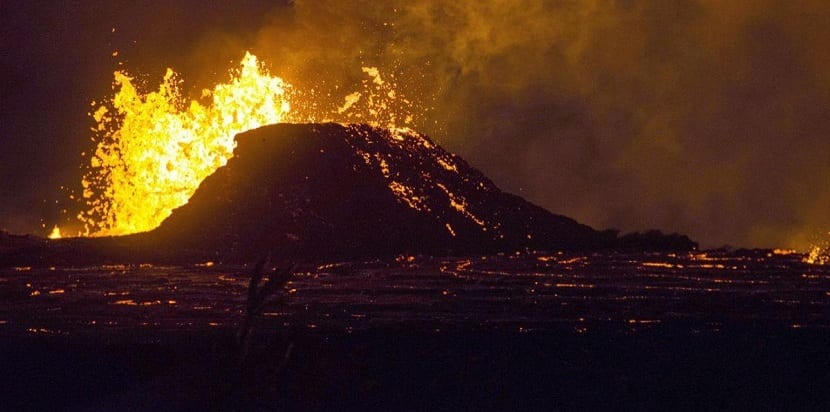
Vulcanian volcano
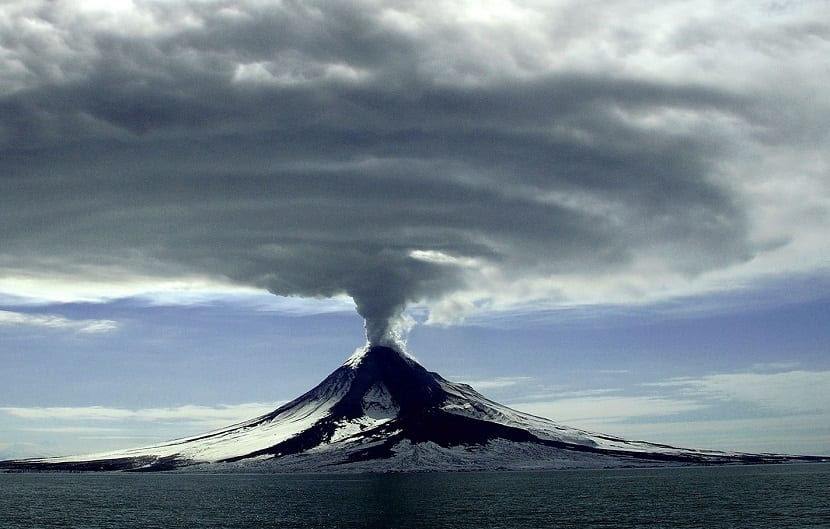
Vulcanian volcano
Name that comes from the Vulcanus volcano, with very steep and steep cones, is characterized by the great emission of gases. The released lava is not very fluid and consolidates quickly. In this type of eruption, the eruptions are very strong and pulverize the lava. It produces a lot of ash, which when thrown into the air is accompanied by other fragmentary materials. The magma that is released to the outside, the lava, solidifies quickly, but the gases that are released break and crack the surface of it. That makes it very rough and uneven.
Peleano Volcano
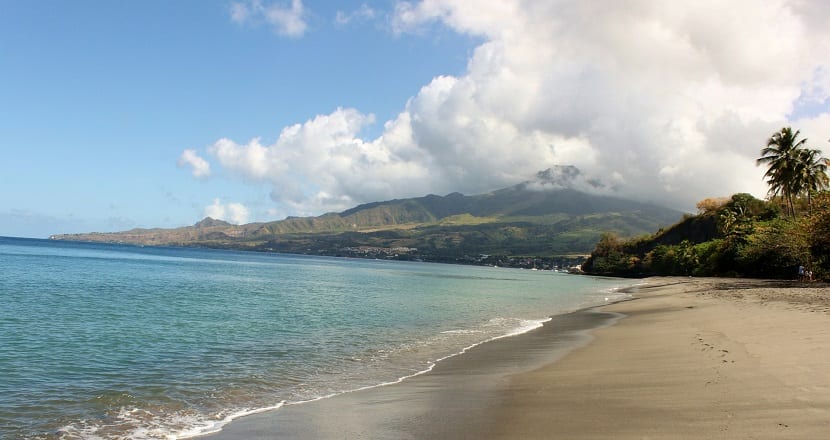
Mont Pelée, Martinique island, France
In this type of volcano, the lava from its eruptions is especially viscous and quickly consolidates. It comes to completely enclose the crater, forming a kind of python or needle. This causes a high pressure of gases unable to escape, leading to a huge explosion lifting the python or tearing up the top of the hillside.
An example of a Peleano volcano is found in the colossal eruption that occurred on May 8, 1902 on Mount Pelée. The extraordinary force of the gases accumulated at a high temperature, mixed with ashes, destroyed the walls of the volcano when it gave way to such a push. It affected the city of St. Pierre, on the French island of Martinique, with a fatal balance of 29.933 victims due to the fiery cloud that originated.
Phreatomagmatic Volcano
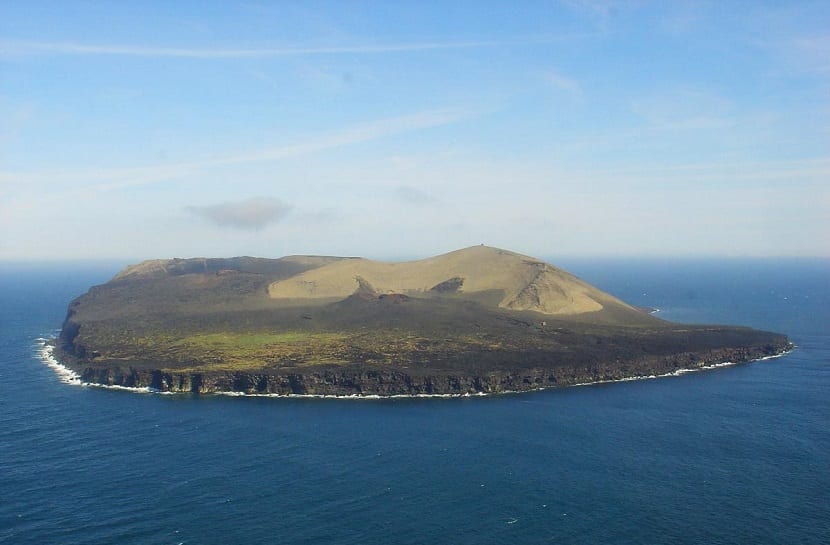
Surtsey Island, Iceland. Arising from a phreatic eruption. Photo by Erling Ólafsson
Phreatomagmatic volcanoes are found in shallow water, called shallow waters by the International Hydrographic Organization. They have a lake inside their crater and sometimes form atolls, oceanic coral islands. To the volcano's own energy is added the expansion of the water vapor that had quickly heated up, making extraordinarily violent eruptions. They do not usually present lava emissions or rock extrusions.
Pliniano volcano
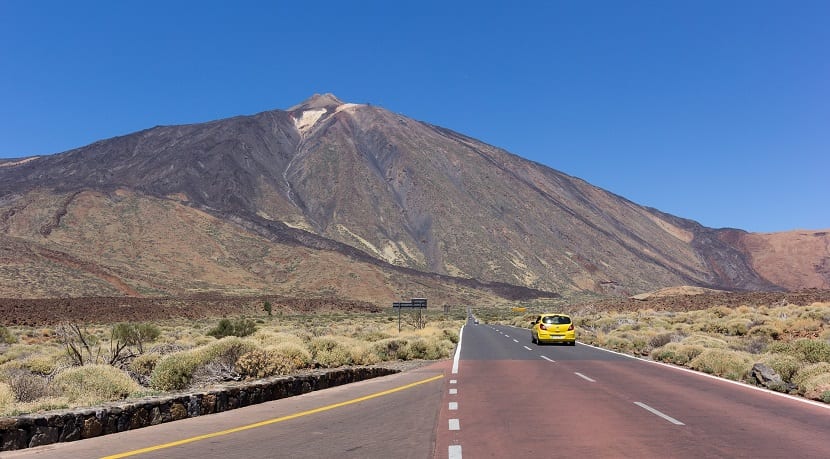
Teide, Canary Islands, Spain
In this type of volcano, which differs from the typical volcanic eruption, the pressure of the gases is very strong, producing violent eruptions. It also forms fiery clouds that, when cooled, generate ash precipitation. They can bury cities.
In addition, it is also characterized by the alternation of pyroclastic eruptions with eruptions of lava flows. This gives rise to an overlap in strata, which causes these volcanoes to have very large dimensions. A good example of this, we have it in Teide.
Now that we have seen what a volcano is, it should be noted that they do not only exist on our planet. This phenomenon is one of those that our planet Earth also has in common with other planets in the solar system and throughout the universe. For all that magma contained within that one day under pressure explodes out. Wherever we look, we can see similarities, with our planet, and even with ourselves. And it is that "we all have a volcano inside: we keep so many things that, one day, we take them all out at once", Benjamin Griss.
Do you know what the active volcanos what's up?